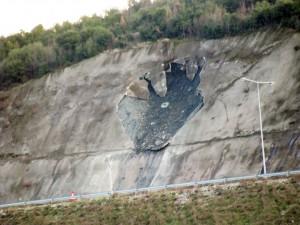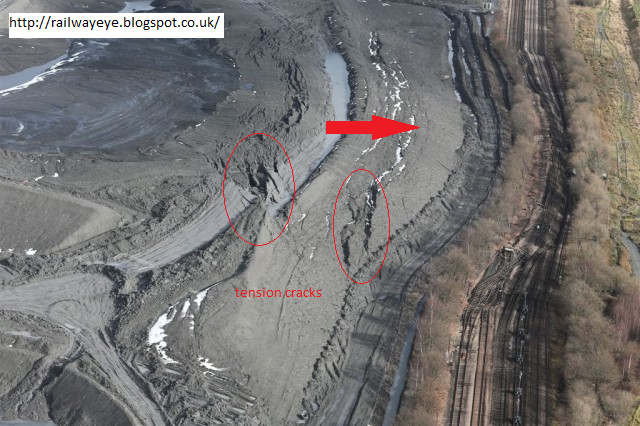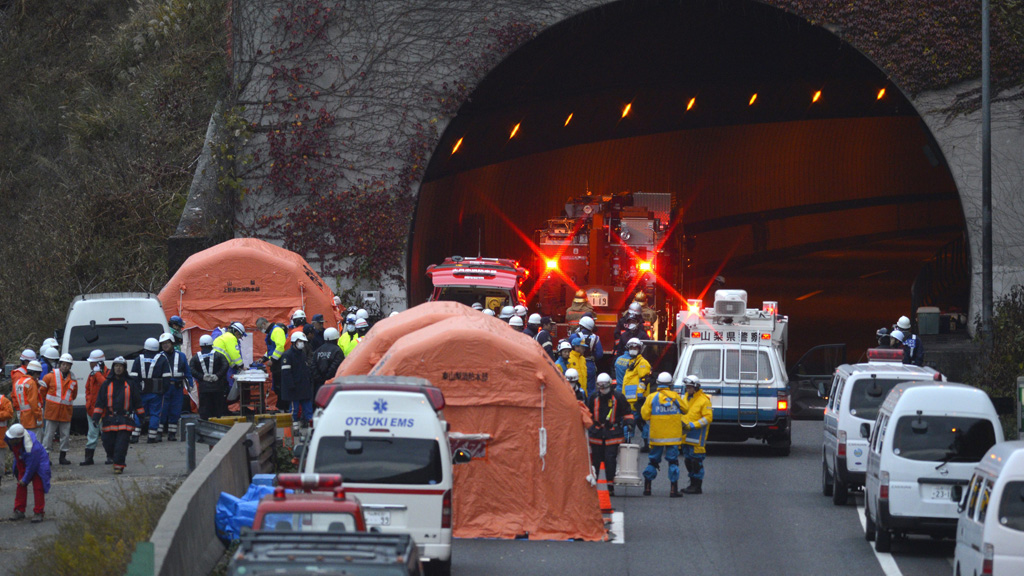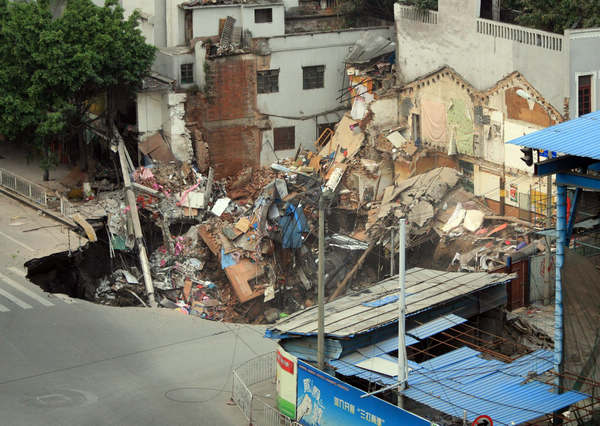Our database is a continually growing database of assorted geotechnical engineering information. Everyone interested in geotechnical engineering i.e. students, professionals, academics, can browse in geotechpedia’s free publications.
Taking into account the demands of geotechnical engineering, updating information is the crucial goal for us. We are proving this by continually increasing the number of free publication links.

Geotechpedia team is now pleased to announce that the number of free publication links that disseminate geotechnical knowledge is over 3000!
This means that Geotechpedia has cataloged over 3000 geotechnical publications in the database, including published papers, manuals, reports, dissertations etc.
Each publication is presented in Geotechpedia with its title, author, author’s organization, location, publication type, publication reference, tags, a small description summary and of course the link.
In our effort to provide professionals in geotechnical engineering with everything they need, the database includes catalogued geotechnical software and also geotechnical equipment.
Geotechpedia is the most integral and extensive geotechnical tool on line for everyone interested in geotechnical engineering! We will be happy to receiving your feedback concerning this project. Feel free to contact us and leave your comments!







